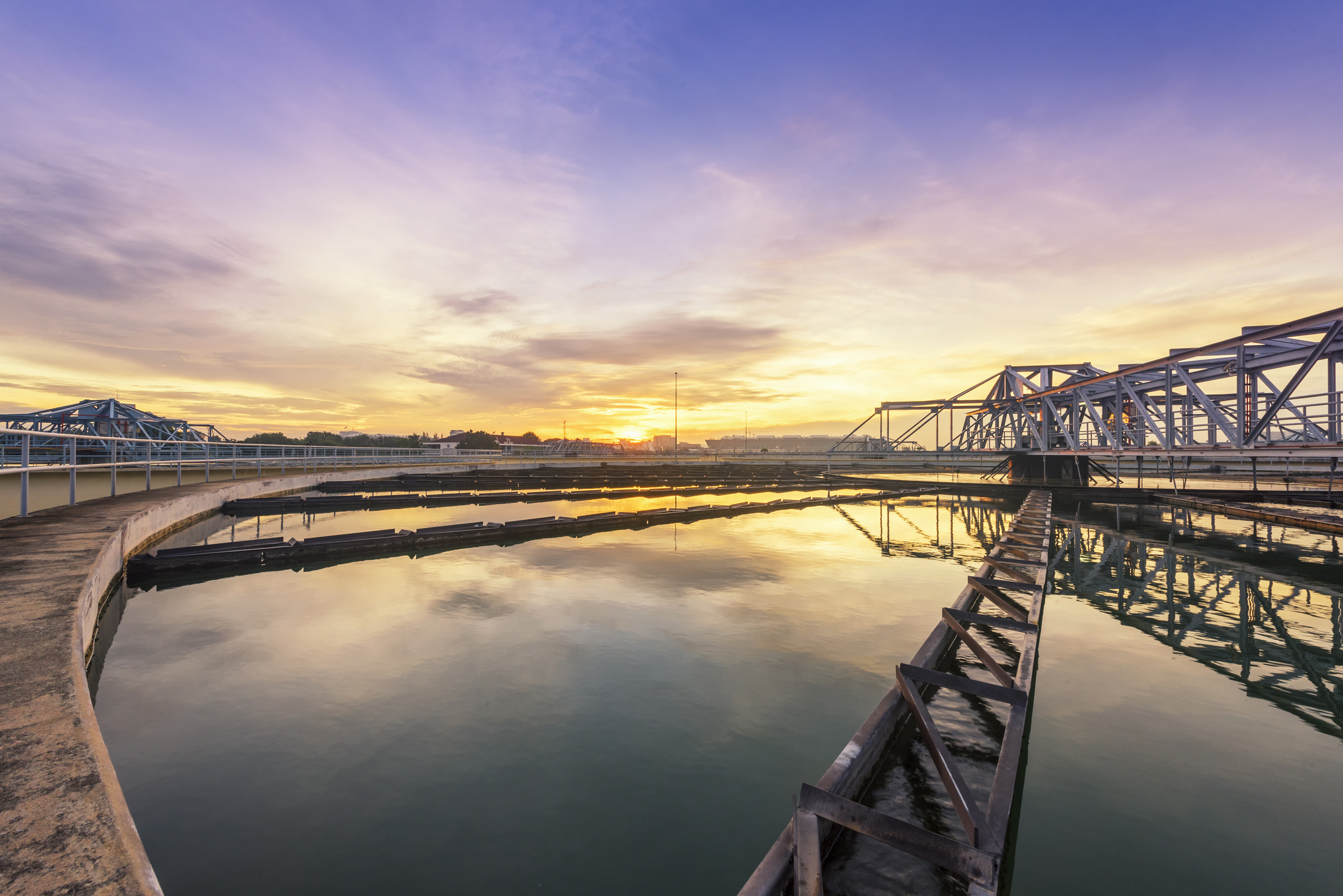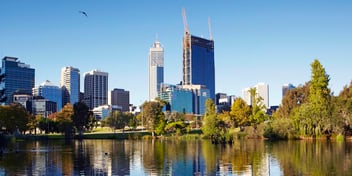Water resource recovery upgrades take Perth one step closer to circular reuse of valuable resources

Work has begun on a $238.5 million upgrade of Western Australia's largest water resource recovery facility, setting a new benchmark in sustainably by converting wastewater into clean water, renewable energy and other valuable resources.
Water Corporation's Woodman Point Water Resource Recovery Facility collects and treats 150ML of wastewater daily from 900,000 homes and businesses in Perth's southern suburbs. The facility also processes up to 78 tonnes of organic matter daily to produce biosolids.
As part of a three-year upgrade project, the facility will be progressively upgraded to treat 120 tonnes daily, keeping pace with a growing population and catering for higher future inflows.
Water Minister Simone McGurk said the upgrades are a key step in the journey towards ensuring net zero emissions, while also moving closer to achieving circular reuse of valuable resources.
"People often don't consider what happens to water once it's flushed away, but the reality is there is considerable innovation in how Water Corporation treats, recycles and repurposes wastewater,” she said.
"The Woodman Point Water Resource Recovery Facility is a key piece of infrastructure servicing around 900,000 homes and businesses in Perth's south – and now it will set a new benchmark in sustainable resource recovery, too.
"Nearly half the plant's energy needs will be generated on site, which is another significant step towards Water Corporation's target of net-zero greenhouse gas emissions by 2035."
From waste to resource
Water Corporation Assets Planning and Delivery General Manager Evan Hambleton said the Woodman Point facility has been upgraded many times since its construction in the 1960s, adapting to the growing needs of communities.
“At the time it was constructed, the Woodman Point facility was a wastewater treatment plant. And it has been steadily increasing in size, scale and function ever since,” he said.
“With the rapid expansion of Perth, and the rapid rollout of in-fill sewage programs we have completed, there has been a significant increase in flows to the plant in the last 40 years or so.
“The facility is now called the Woodman Point Water Resource Recovery Facility because we now do much more than treat wastewater.”
A few years ago, Water Corporation completed a liquid-stream upgrade, enabling the plant to treat up to 180ML of wastewater per day, Hambleton said.
“The works we are doing now are really bringing sludge-stream management up to the same capacity as the liquid-stream upgrades,” he said.
“For some time now, all the sludge produced at the plant is beneficially reused in agriculture as biosolids. It’s a really positive outcome.
“Western Australia has very light, sandy soils. Reuse of the biosolids for agriculture is a great option for us, and the farmers who take the sludge see great benefit in cropping activities, as well.
“There are a range of initiatives we have been doing over the years to improve recycling at the plant to transition it into a circular operation.”
New upgrades
One of the outcomes of the liquid-stream upgrades completed in (year) was a much higher quality liquid-stream product, Hambleton said, but it also created an increase in sludge production.
“This gave us the chance to maximise the opportunity that comes from that sludge. We have three typical digesters at the facility, we considered if we’d need to add more digesters or take a look at some new technology,” he said.
“Through that options analysis, we went with THP (thermal hydrolysis). It gives us a good mix of benefits – it minimises concrete and steel, maximises the capacity of our existing assets, but also optimises our biogas production, as well.
“It’s helping make the facility as sustainable as possible. For example, with the improved sludge treatment we get from THP, truck movements coming and going from the site every year drops by about 1000, further reducing emissions by around 1300 tonnes CO2-e a year.
Hambleton said there have been a lot of co-benefits: “But, as anyone working in the water industry already knows, doing upgrades on a brownfields site comes with a whole range of challenges”.
“A large amount of the scope is working through the brownfields environment. While THP is the core of the upgrade, it is not the majority cost or scope of the upgrade,” he said.
“The upgrade is looking at new inlet screens, dewatering and improving the safety of truck movements, so there will be new load out facilities. We also have significant upgrades for the odor treatment system, to make sure we don’t have any impact on adjacent landowners.
“The core of the upgrades allow us to make sure we treat the sludge stream as effectively as possible. We are making sure that the liquid stream leaving the plant is as high quality as possible, because we recycle water downstream.”
Importantly, utilising THP will allow the facility to capture and reuse more biogas (mostly methane, which is naturally produced during the treatment process) as a renewable energy source.
The upgrades will lead to a reduction of greenhouse gas emissions by around 5600 tonnes CO2-e annually. Water Corporation aims to recycle up to 35% of all wastewater in the Perth metropolitan area by 2035.
“Water Corporation recognises there’s a lot of opportunity in this space and this is just one more step in a long program of upgrades that will occur in future,” Hambleton said.
“While all the avenues for resource recovery are not yet part of this program, we are making sure that we are preparing ourselves now so that we can expand our portfolio when the time is right as we continue to move towards a fully circular facility.”
Cockburn MLA David Scaife said the Woodman Point Water Resource Recovery Facility plays an important role in servicing the community and the upgrades will ensure continued service in the coming years.
"As the largest water resource recovery facility in WA, these upgrades will ensure it can meet the needs of the community in an efficient and sustainable way,” he said.
"Importantly, this project will cater for population growth in Perth's booming southern corridor well into the future."

.jpg?width=352&name=53559316925_90f0863830_k%20(1).jpg)
